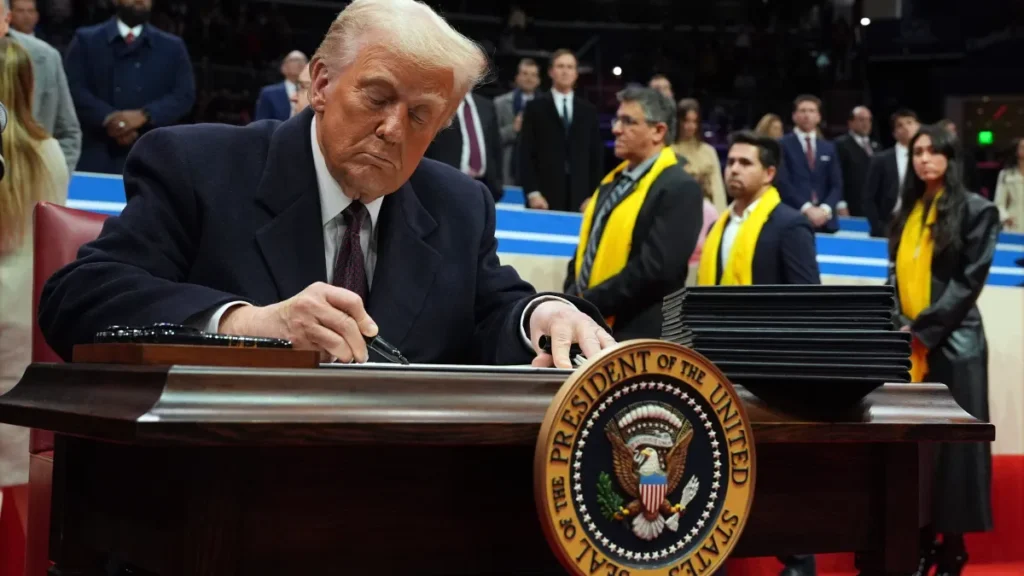
President Donald Trump kicks off his second term with a bold agenda, signing a series of sweeping executive actions aimed at reshaping key policies across the nation. From immigration to healthcare and beyond, Trump’s executive actions signal a high-octane start to the next four years, leaving no stone unturned in his quest for impactful change.
Trump’s Executive Actions: A Game-Changing Start to His Second Term
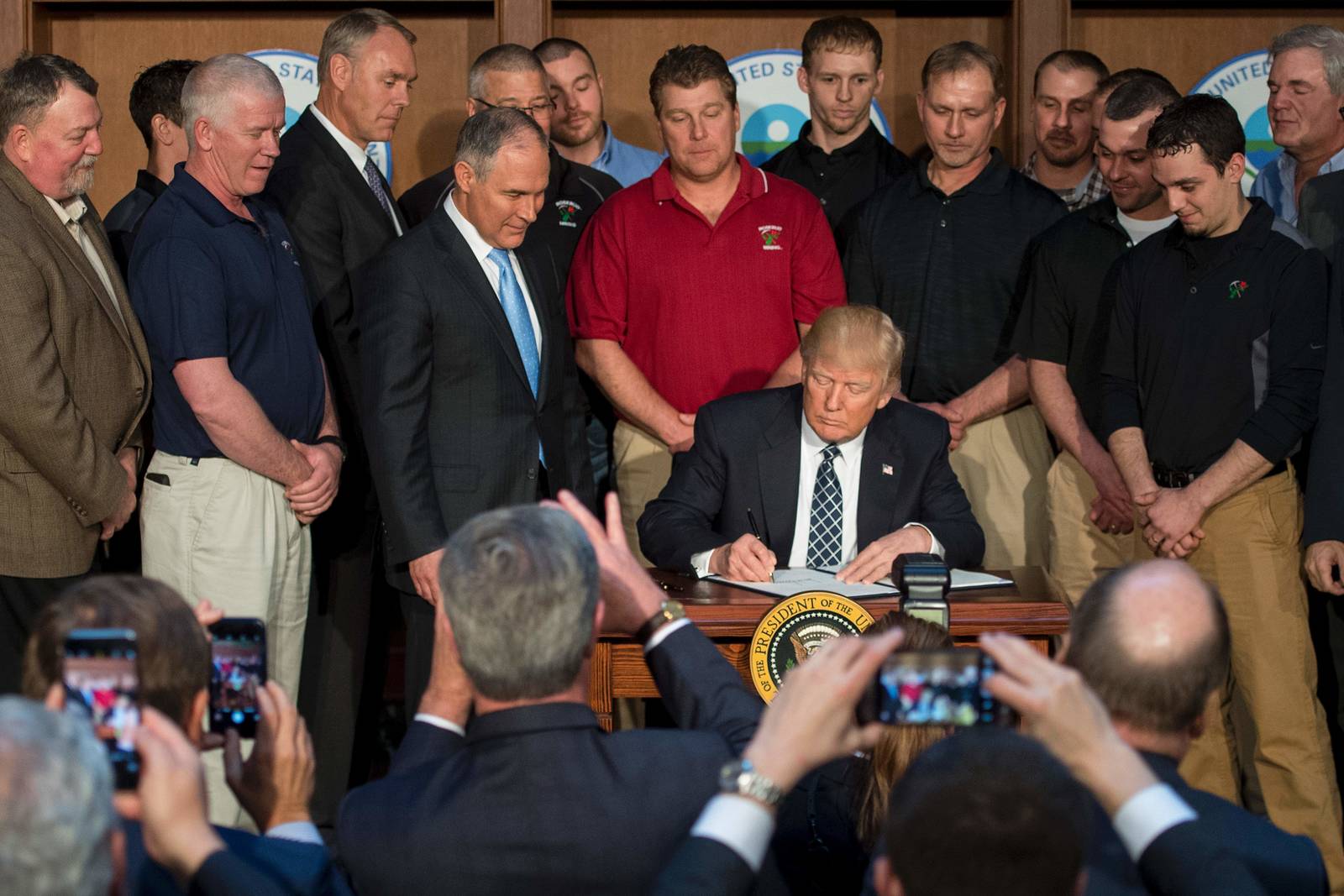
President Donald Trump’s second term began with a flurry of activity as he signed several executive actions designed to cement his administration’s priorities. These orders address a wide range of issues, demonstrating his commitment to fulfilling campaign promises and making immediate changes to policies affecting millions of Americans.
Trump’s executive actions in his second term signal a clear intent to leave a lasting legacy. Here’s a closer look at the executive orders already signed and those planned for the coming months.
Immigration Overhaul Takes Center Stage
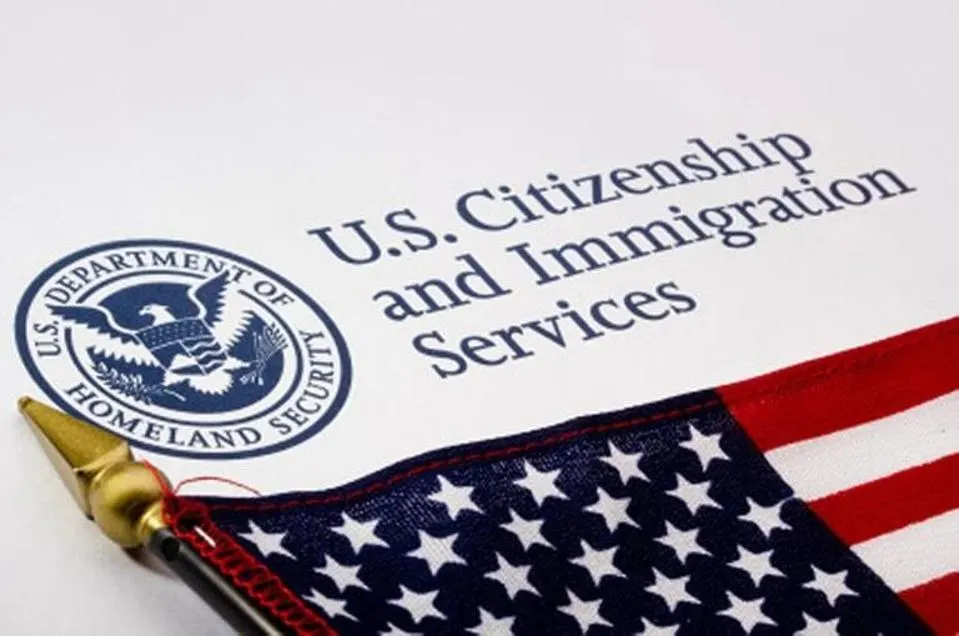
One of the most impactful moves among Trump’s executive actions was an order aimed at strengthening border security. The directive allocates increased funding for border wall construction and heightens surveillance to prevent illegal immigration.
Another significant executive action targets asylum procedures. By streamlining the process and imposing stricter qualifications, Trump aims to deter fraudulent claims while providing relief to genuine applicants.
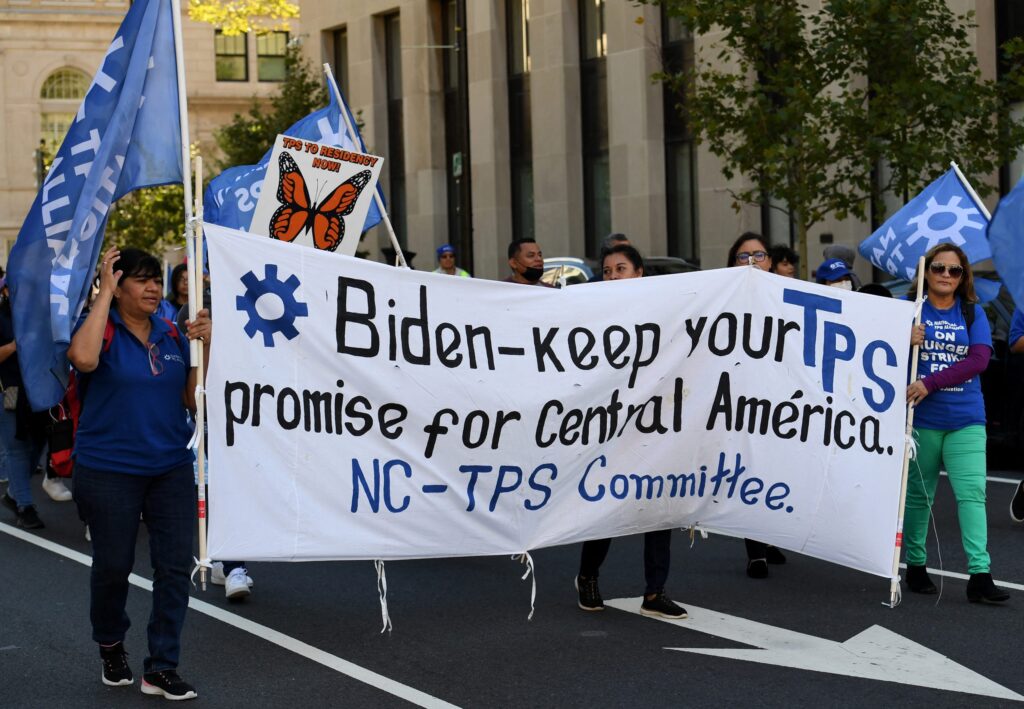
Additionally, another executive order calls for stricter regulations on sanctuary cities, cutting federal funding for those that refuse to cooperate with federal immigration authorities.
Critics argue that these policies could lead to strained relations between the federal government and local jurisdictions, but Trump maintains that they are necessary for national security and law enforcement.
Economic Policies: Job Creation and Trade
In a bold move to stimulate the economy, Trump’s executive actions include an order reducing corporate tax rates, encouraging businesses to bring jobs back to America. This policy aims to reverse the effects of outsourcing and attract foreign investment.

Another noteworthy action focuses on renegotiating trade agreements. Trump’s administration seeks to ensure that the U.S. gains more favorable terms in its international trade deals, prioritizing American workers and industries.
For small businesses, Trump has issued an order to reduce federal regulations, aiming to cut bureaucratic red tape and foster entrepreneurship. These measures have been met with praise from business leaders but face skepticism from economists concerned about potential revenue losses.
Healthcare Reform Through Executive Actions

Trump’s executive actions also address healthcare, targeting what he calls the “burdensome aspects” of the Affordable Care Act (ACA). One executive order instructs federal agencies to reduce ACA regulations, making healthcare more accessible and affordable.
Additionally, the Trump administration has promised to expand health savings accounts (HSAs), allowing families to save more pre-tax income for medical expenses. Plans for future executive actions include granting states more flexibility in managing Medicaid funds, a move aimed at tailoring healthcare solutions to local needs.

Click below to read more :
While supporters applaud these measures as steps toward affordability and innovation, critics argue they could lead to reduced protections for vulnerable populations.
Energy Independence and Environmental Deregulation
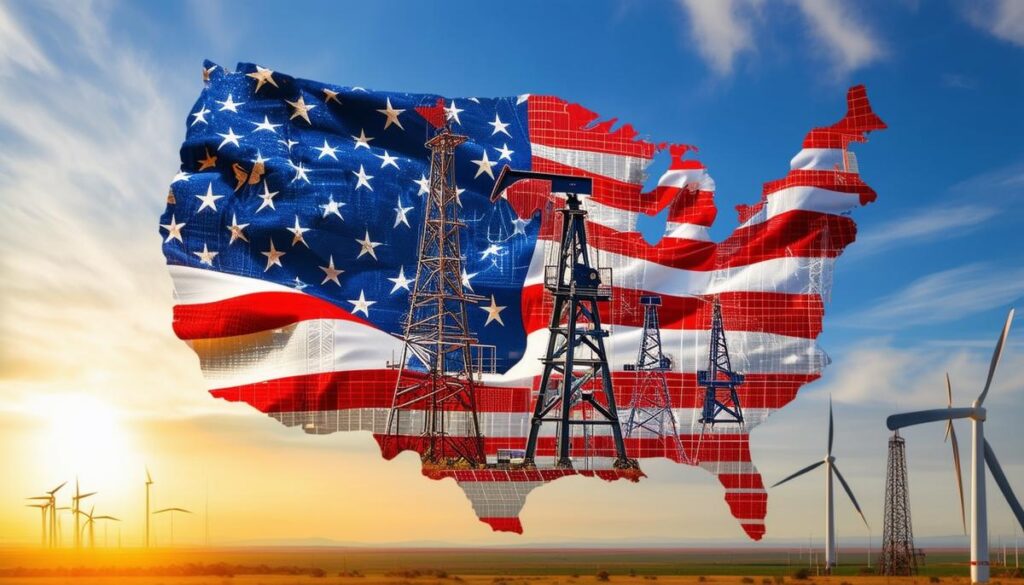
Energy policies are a significant part of Trump’s executive actions, with orders aimed at bolstering American energy independence. Key actions include reopening federal lands for oil and gas drilling, reducing restrictions on coal production, and promoting renewable energy alternatives like nuclear power.
Another controversial executive action involves withdrawing the U.S. from international environmental agreements. Trump’s administration argues that these commitments hinder economic growth and unfairly disadvantage American industries.
Environmental advocates have raised alarms, stating that such policies could accelerate climate change. However, Trump counters that his approach prioritizes American jobs and energy security.
Strengthening National Defense
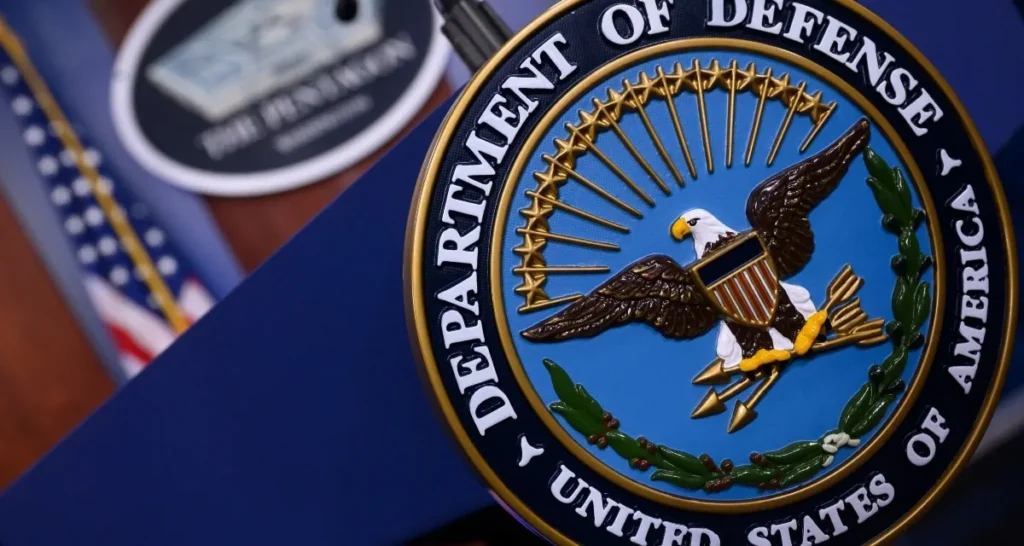
Another critical component of Trump’s executive actions is enhancing national defense. Early in his second term, he signed an order to increase military funding and modernize defense systems. This includes allocating significant resources to the development of advanced technologies like artificial intelligence and hypersonic weapons.
A subsequent executive order focuses on bolstering cybersecurity to protect national infrastructure from potential foreign threats. This initiative underscores the growing importance of digital security in an increasingly connected world.

Military leaders have welcomed these measures, but opponents question the long-term financial implications of such extensive spending.
Planned Executive Actions: What’s Next?
While Trump has already signed several high-profile orders, more are expected in the months ahead. Upcoming executive actions include:
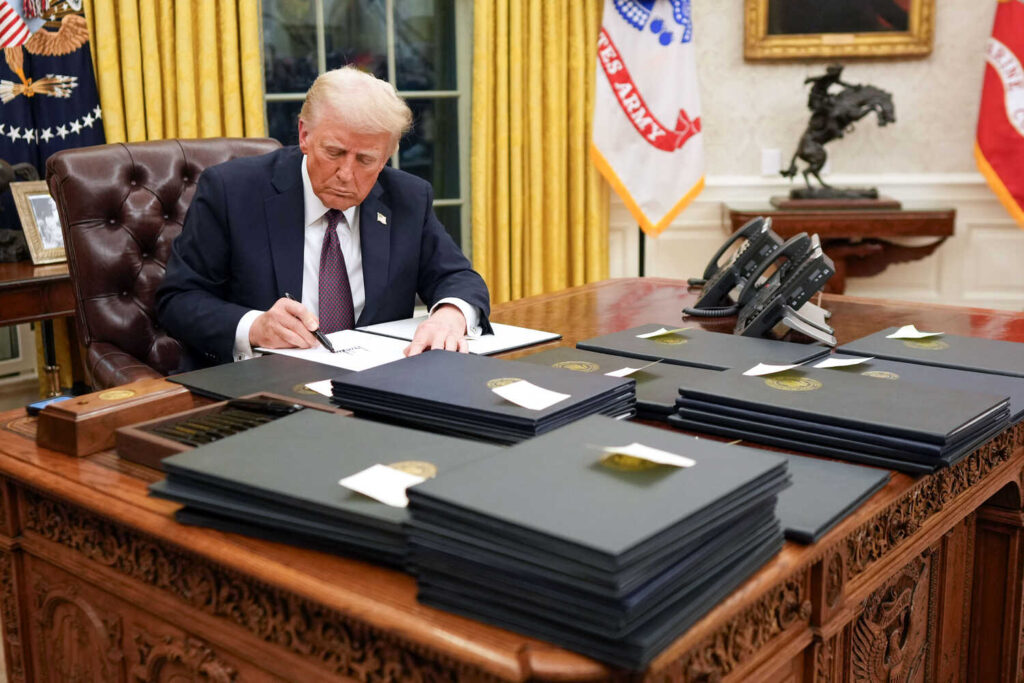
- Education Reform: Introducing school choice programs and expanding charter schools nationwide. Trump’s administration views this as a pathway to improving education access and quality, though critics warn it may divert funds from public schools.
- Social Media Regulation: Tightening rules on online platforms to ensure free speech protections. This move follows heated debates over content moderation and censorship, with Trump arguing that current practices unfairly target conservative voices.
- Criminal Justice Reforms: Building on first-term initiatives to reduce sentencing disparities and support reentry programs. These reforms aim to address systemic issues in the justice system while balancing public safety concerns.
- Infrastructure Investments: A massive infrastructure modernization plan is expected, focusing on rebuilding roads, bridges, and broadband networks. This initiative is likely to create jobs while addressing long-neglected areas of public infrastructure.
What These Executive Actions Mean for America
Trump’s executive actions reflect his administration’s ambitious agenda for the next four years. Supporters argue that these decisions promote economic growth, strengthen national security, and uphold American values
For businesses, the reduction in regulations could mean lower costs and higher profits, but environmental advocates warn of long-term ecological damage. Similarly, while immigration reforms may enhance border security, they risk alienating communities that depend on immigrant labor.
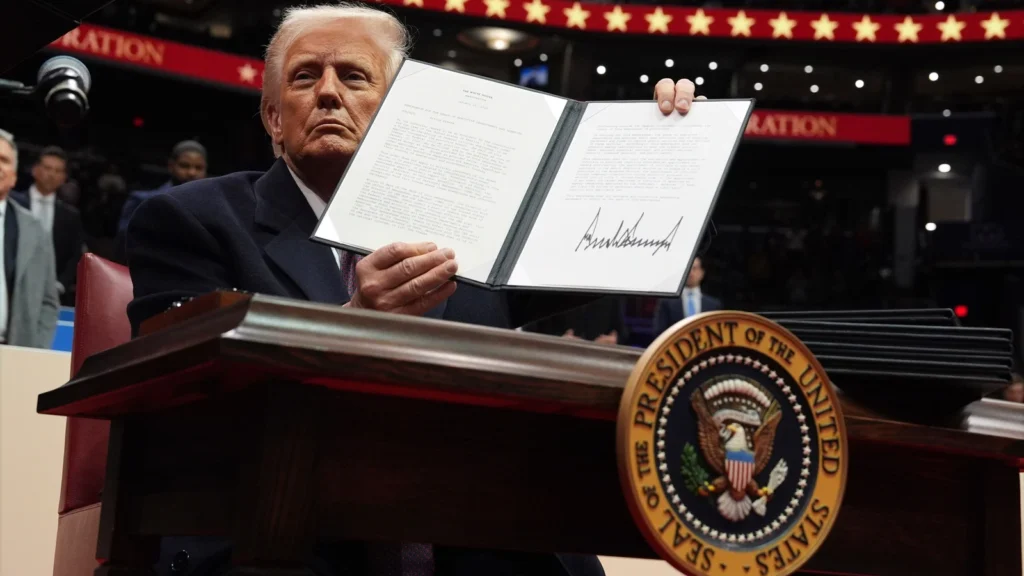
The healthcare orders, while aimed at reducing costs, could create disparities in access, leaving some Americans vulnerable. Critics also caution against the overuse of executive orders, which bypass traditional legislative processes and may face legal challenges.
Historical Context: Comparing Trump’s Use of Executive Orders
Trump’s reliance on executive actions is not unprecedented. Presidents like Franklin D. Roosevelt and Barack Obama also used this tool to enact significant policy changes. However, Trump’s bold and rapid approach sets him apart, reflecting his determination to reshape America swiftly.
Conclusion: Bold Moves, Uncertain Outcomes
President Trump’s second term begins with a bang as he leverages the power of executive orders to enact rapid change. Whether these actions fulfill their promises or ignite further controversy, they undeniably shape the course of America’s future.
Supporters see Trump’s executive actions as a decisive step toward “Making America Great Again,” while critics view them as polarizing and potentially short-sighted. The true impact of these orders will unfold over time, but for now, they signal a presidency unafraid to disrupt the status quo.
3 thoughts on “10 Powerful Executive Actions Trump Unleashes in His Second Term: What They Mean for America”